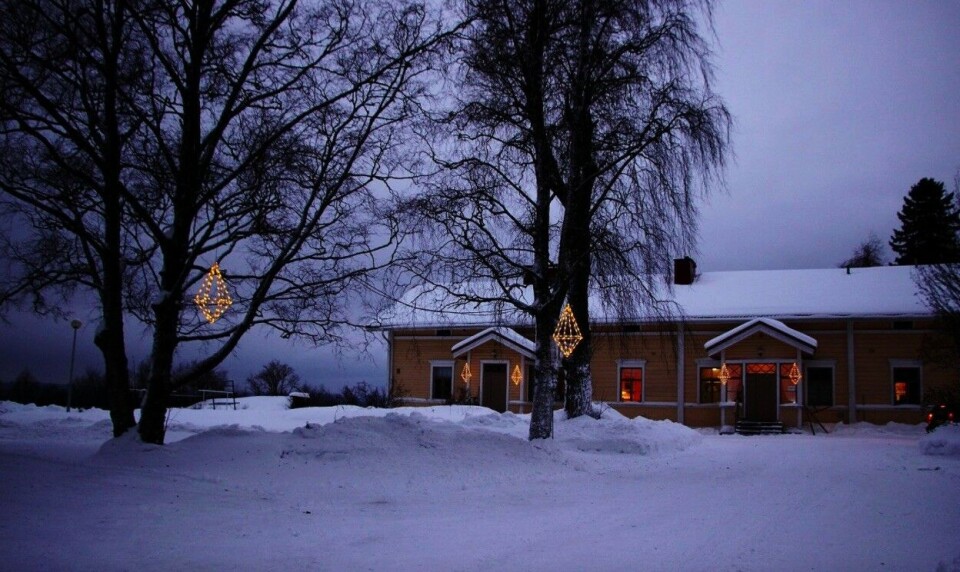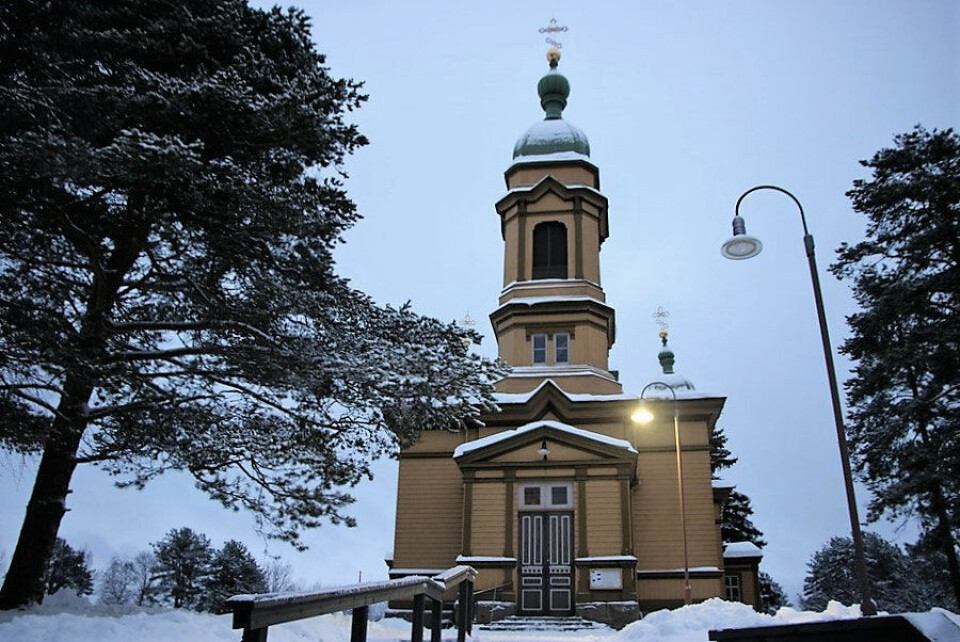
Small Deeds Theory on the border
Life of the Center for Neighbor Assistance on the border of Russia and Finland
Text and photo by Gleb Yarovoy, 7x7-journal
Karelia is not just a border, but also a cross-border region. Not everyone who lives in the Republic of Karelia knows or remembers that there is another Karelia on the other side of the border. And not one, but two. South Karelia and North Karelia — the names of Finnish border Unions of communes. And the Karelians live there, too. “Common blood” is not the only thing that connects many of them with the Russian Republic of Karelia, but also common history and traditions, or at least, attempts to preserve them. More than 400 thousand people were evacuated to Finland during the Second World War, when part of the country withdrew to the Soviet Union. Their descendants still live in Finnish Karelia.
This story is about one Karelian family from the Finnish town of Ilomantsi. Its life, past and present are connected with both Karelias. Their relatives fought on different sides of the front, but the couple has been together for almost half a century. They not only keep in touch with Russian relatives and friends, but also preserve and develop Karelian traditions in their city. In the difficult 1990s, they collected humanitarian aid in Russia and transported it to Russian Karelia. Now they work in a charity center and help those who have a hard time living in Finnish Karelia. It is believed that “ordinary people” should be friends and visit each other regardless of the borders and difficulties in the relations between politicians.
This story is about one Karelian family from the Finnish town of Ilomantsi. Its life, past and present are connected with both Karelias. Their relatives fought on different sides of the front, but the couple has been together for almost half a century. They not only keep in touch with Russian relatives and friends, but also preserve and develop Karelian traditions in their city. In the difficult 1990s, they collected humanitarian aid in Russia and transported it to Russian Karelia. Now they work in a charity center and help those who have a hard time living in Finnish Karelia. It is believed that “ordinary people” should be friends and visit each other regardless of the borders and difficulties in the relations between politicians.
Correspondent of “7x7” Gleb Yarovoy came to Ilomantsi and spent one day with the Korhonen family.
Ilya sends to “Ilyala”
















